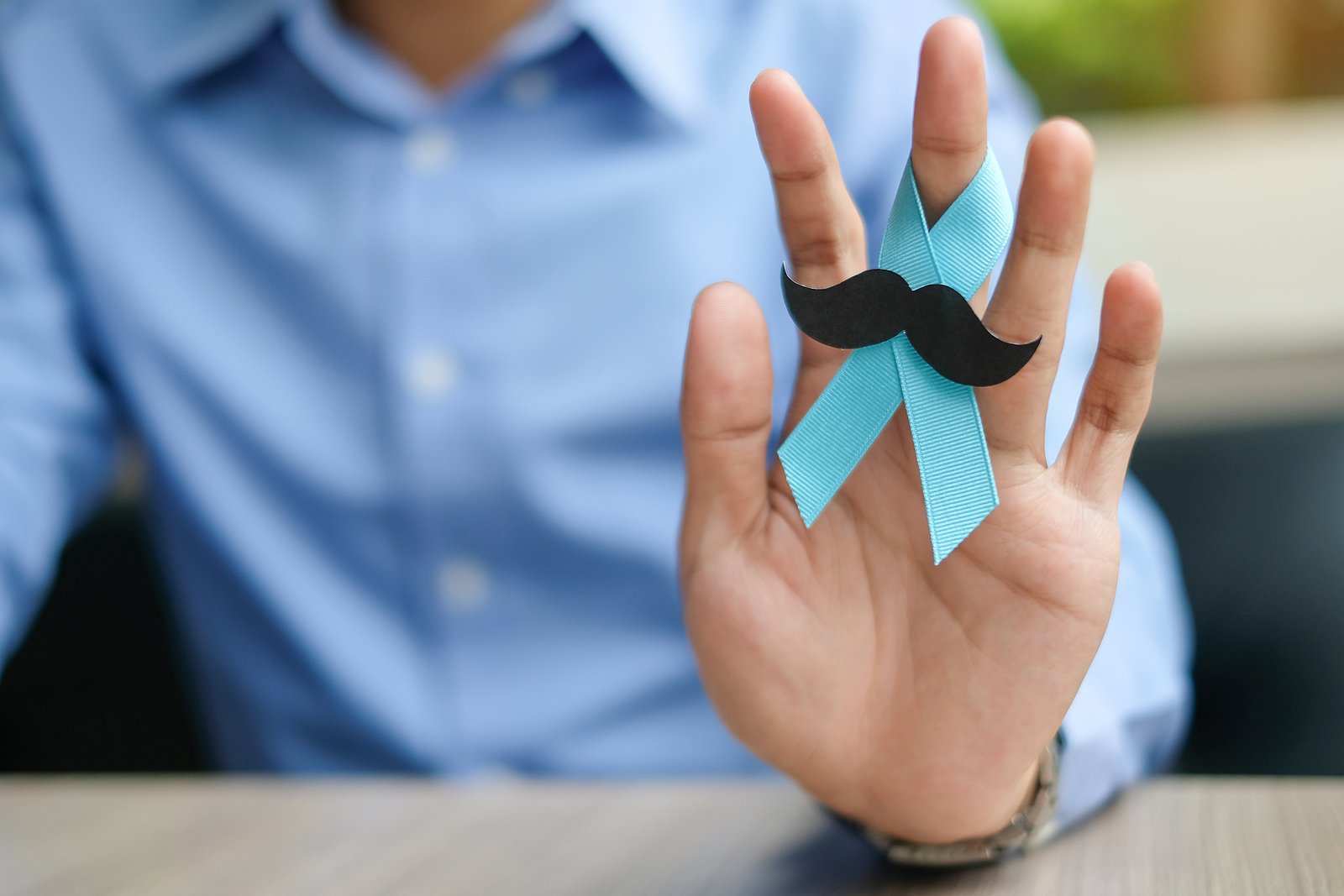Care For Yourself, Check Yourself!
Truly, health and well-being are fundamental for the quality of men`s lives. Despite this, many men are still reluctant to take on a more positive approach towards their health enhancement. In a survey conducted by the Cleveland Clinic, over 40% of men reported that they visit the medical professional only when they are concerned about having a serious health problem.
Every November, the world hails “Movember”; the month-long campaign focused on men’s health. Movember aims to generate conversation and raise awareness and funds for men`s health issues – specifically male cancers, including testicular cancer. Indeed, cancer is a rather sensitive subject for most people as most of us know someone who has or has had cancer. It can be brutal and that is why awareness is the key. And yes, this is why we have a whole month dedicated to men`s `balls.
Testicular cancer is a relatively rare type of cancer that can affect men worlwide. Nevertheless, it is known to many as `the young man’s cancer`. It can strike in the midst of some of the most carefree times of life. More than half of testicular cancer diagnoses occur in men between the ages of 20 and 45.
With global statistics showing alarming increase in incidence, testicular cancer is believed to be about as common in young men as breast cancer is in young women. Yet this type of malignancy does not get as much attention as, say, prostate cancer, and public awareness campaigns seem always to be lacking.
Testicular cancer is a disease in which malignant cells form in the tissues of one or both testicles. The testicles are 2 egg-shaped organs located inside the scrotum (the sac of loose skin that lies directly below the male reproductive organ). The testicles play an important role in reproduction as it produces the male sex hormone `testosterone`, and sperms. Germ cells within the testicles produce immature sperms that travel through a network of tiny tubes towards the epididymis (a long coiled tube just above the testicles) where the sperms mature and are stored. Almost all testicular cancers start in the germ cells.
The good news is that testicular cancer is one of the most beatable forms of cancer nowadays, with the 5-year relative survival rate for men with this cancer being 95% when caught early However, it should never be taken lightly. Testicular cancer can be fast-growing and aggressive. Therefore, it must be radically managed to enhance cure rates.
Although the exact cause behind most testicular cancers is unknown, there are several risk factors that can raise a man’s risk of developing testicular cancer. Men who have had cancer in one testicle have an increased risk of developing cancer in the other testicle. The presence of a positive family history of testicular cancer makes a man at a higher risk. Having had an undescended testicle as a child is also a risk factor. Some males are born with their testicles still inside their abdomen. If they don’t naturally descend into the scrotum early on in life, this increases the risk of testicular cancer around three-fold.
What could be the symptoms?
In many cases, testicular cancer presents with no symptoms apart from the accidental discovery of a painless lump or swelling on either testicle. Detected early, the lump may be pea-sized and in over 80% of cases this will be painless. In more advanced stages, it can grow much larger. Additional symptoms may include:
- Change in the way a testicle feels or a feeling of heaviness in the scrotum
- Change in size of any of the testicles
- Pain or discomfort in any of the testicles
- Pressure sensitivity
- A dull ache or a sense of pressure in the lower back, abdomen, or groin.
- Groin lumps (enlarged lymph nodes in the groin area)
Self-examination can save lives, check yourself!
Testicular self-examination represents the key to early detection. Monthly self-examinations only take a few minutes to perform, but are critical in helping men notice any unusual changes early. According to the American Cancer Society, the best time to do a testicular examination is during or immediately after a shower – when the skin of the scrotum is relaxed:
- Hold your male organ out of the way and examine each testicle separately
- Hold your testicle between your thumb and fingers and roll it gently between your fingers
- Look and feel for any hard lumps or any change in the size, shape, or consistency of your testicles.
The point is to learn what everything down there feels like when things are normal. And by checking back every month, you make sure that nothing has changed. If something did change, you will know it and you can do something about it.
If you feel anything unusual, have your trusted Urologist check it out as soon as possible – but remember only around 4% of lumps turn out to be cancer, so do not allow fear or worry to grab the better part of you!
Even though it directly involves one`s manhood, testicular cancer is not talked about enough in society and so many men prefer to live the illusion of “It can happen to anyone but surely not me!” But why leave your life up to a coin toss? There is nothing to lose with a regular `feel down below`. Learning the signs and keeping an eye out for them are the best ways to ensure that you get the appropriate treatment in a timely manner, if you are in need for it!
Dr. Anis Haddad, MD
Urologist, Andrologist and Sexologist
Men`s Health Expert




This is a test